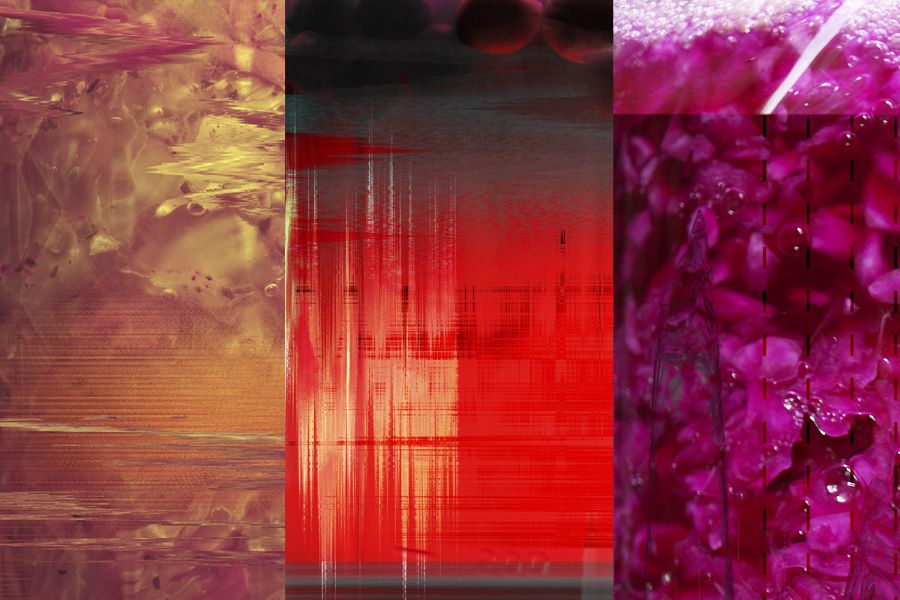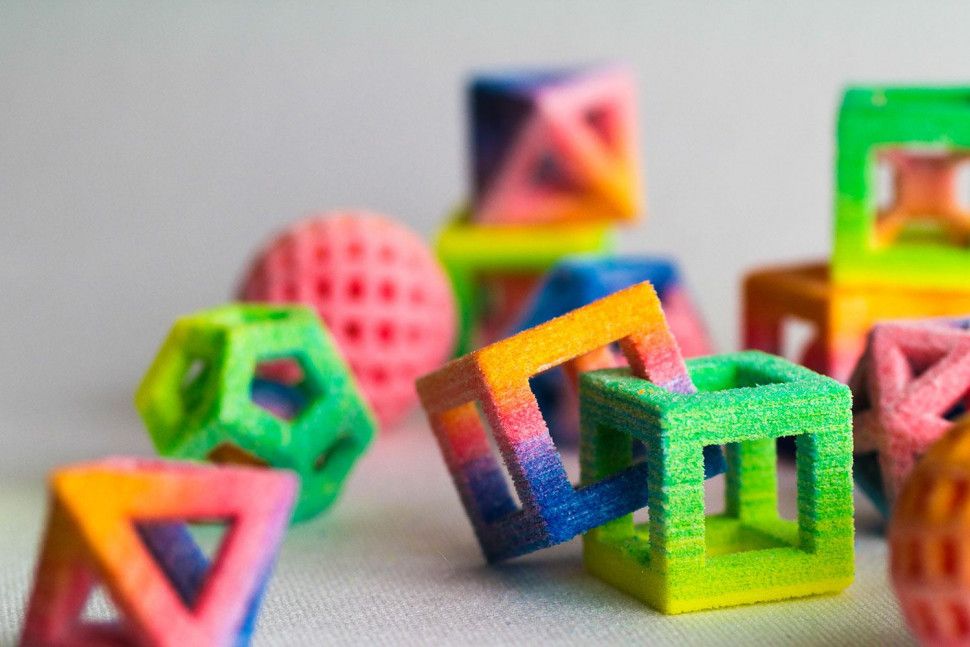Ice creams and hot summer days seem to go together perfectly, until you realise the heat of the latter is turning the former into a melting mass of deliciousness oozing down the side of your cone.
Luckily for us, scientists have discovered a naturally occurring protein that can be used in ice cream to make it more resistant to melting than the ice creams we enjoy today. According to researchers at the Universities of Edinburgh and Dundee in Scotland, the protein, which is called BslA, will allow ice cream to stay frozen for longer by binding together the air, fat and water in the product.
Not only will this make ice cream more impervious to things like heat, but the researchers say it also results in a super-smooth consistency. The protein, which can be made inside friendly bacteria, adheres to fat droplets and air bubbles, making for a more stable ice cream mixture that prevents the development of ice crystals.







